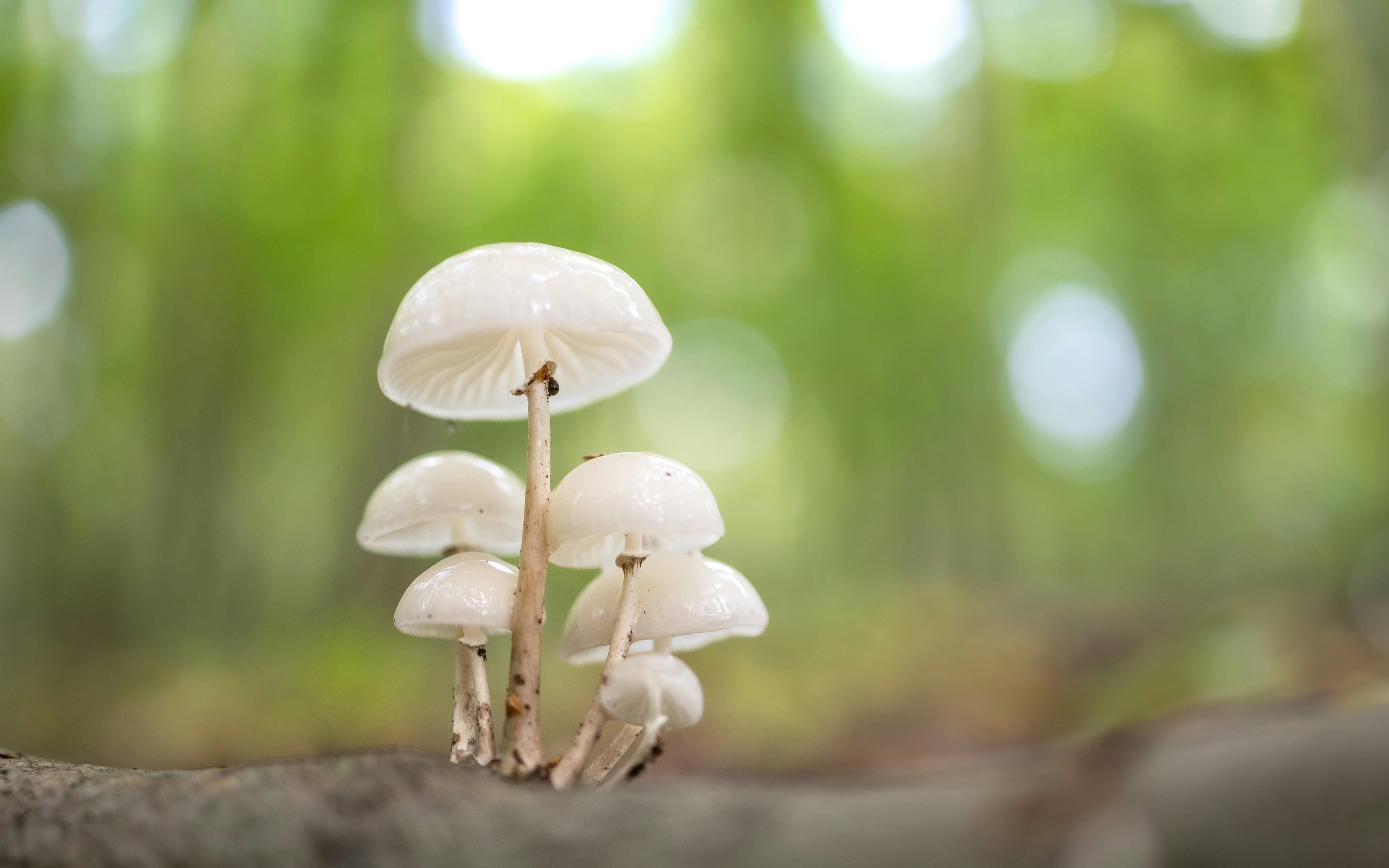Top 7 Effective Solutions for Blue Green Algae in Your Aquarium

Top 7 Effective Solutions for Blue Green Algae in Your Aquarium
Blue green algae, commonly known as cyanobacteria, can pose significant challenges in maintaining the health of your aquarium. This potent and resilient form of algae can quickly overtake your tanks, leading to detrimental effects on your fish and plants. However, understanding the causes of blue green algae growth and implementing effective control measures can restore balance to your aquatic ecosystem.
In this article, we will explore the top seven solutions for managing blue green algae, including preventative strategies, treatment options, and ways to create a thriving aquarium environment. By investing in proper care and utilizing best practices for algae management, you can maintain the beauty of your aquarium while ensuring the well-being of its inhabitants.
Let’s delve into solutions that combine natural remedies with effective control techniques to combat blue green algae, enhance aquarium aesthetics, and promote fish health.
Identifying Blue Green Algae in Your Aquarium
Understanding Blue Green Algae Characteristics
Before you can tackle blue green algae, it's essential to recognize its unique features. Unlike typical green algae, blue green algae often appears as a thick green or blue film covering surfaces in the aquarium. It can also emit a foul odor, indicating decay. Identifying these characteristics early can prevent algal blooms from wreaking havoc on your tank's ecosystem.
Causes of Blue Green Algae Growth
Several factors contribute to the proliferation of blue green algae in aquariums. Primarily, nutrient overloads, particularly phosphates and nitrates, often result from overfeeding fish and inadequate filtration. Additionally, improper lighting, such as prolonged exposure to sunlight, can further promote algae growth. Understanding these causes is crucial for implementing targeted control measures that address the root of the problem.
Water Chemistry and Blue Green Algae
The role of water chemistry cannot be overstated in maintaining a balanced aquarium environment. pH levels, for instance, can significantly influence algae growth. Alkaline conditions are often favorable for blue green algae, while maintaining optimal levels between 6.5 and 7.5 can inhibit its development. Regular testing of your water chemistry will help monitor these parameters and facilitate effective algae control.
Effective Blue Green Algae Treatment Options
Manual Removal Techniques
One of the simplest ways to deal with blue green algae is through manual removal. Regular maintenance, including frequent water changes and scrubbing affected surfaces, can help eliminate visible algae. However, for persistent outbreaks, you may need to consider additional methods in conjunction with manual cleaning to achieve long-term results.
Biological Control with Algae-Eating Fish
Introducing fish that naturally consume algae is an effective strategy for controlling blue green algae. Species such as Chinese algae eaters and otocinclus can assist in managing algae levels while promoting a balanced ecosystem. Additionally, consider the compatibility of tank mates when choosing algae eaters to ensure a harmonious aquarium community.
Chemical Treatments
For severe cases of blue green algae, algaecides can provide a quick fix. However, it’s crucial to use these products judiciously. Choose formulations specifically designed for freshwater environments and follow application instructions closely. Remember, chemical treatments can impact other organisms in the tank, so monitoring post-application effects is vital.
Preventing Blue Green Algae Growth
Control Nutrient Levels in Your Aquarium
Preventing blue green algae growth starts with nutrient control. Regular water changes and utilizing a high-quality filtration system can help mitigate excess nutrients. Employing layered filtration systems that include biological, mechanical, and chemical filtration enhances algae management by reducing nutrient accumulation.
Managing Light Exposure
Light exposure plays a significant role in the growth of blue green algae. Understanding the photo period and regulating light conditions can prevent blooms. Limit sunlight exposure to the aquarium and opt for anaerobic lighting systems that mimic natural day-night cycles, promoting a healthy balance between fish and plant life.
Incorporating Aquatic Plants
Utilizing oxygenating plants is another effective strategy for preventing blue green algae. Plants like anubias and java fern not only compete for nutrients but also promote biodiversity in the tank. The presence of plants enhances water quality while contributing to a more balanced ecosystem, reducing the chances of algae dominance.
Advanced Techniques for Blue Green Algae Management
Regular Testing and Monitoring
Consistent monitoring of your aquarium is paramount to successful algae management. Regular water testing will help you detect fluctuations in nutrient levels and pH, allowing for timely interventions. Keeping a close eye on behavior patterns of fish and plants can also signal possible algae issues before they escalate.
Implementing DIY Aquarium Maintenance
Engaging in DIY aquarium maintenance routines will aid in identifying potential risks for blue green algae growth. This includes consistent checking of filter systems, performing water changes, and observing fish health and feeding habits. Taking proactive measures will foster an optimal aquatic environment for fish and deter unwanted algae growth.
Exploring Professional Aquarium Services
Sometimes, enlisting professional aquarium services can offer specialized solutions for persistent algae problems. Experts can assess your tank's health, recommend custom filtration systems, and implement advanced treatment techniques that align with your aquarium's specific needs. Investing in professional insights can ultimately save you time and ensure a thriving aquatic ecosystem.
Conclusion: Maintaining a Healthy Aquarium Ecosystem
Blue green algae treatment and prevention revolve around maintaining a balanced aquarium ecosystem. By understanding the causes of algae growth and implementing effective solutions, you can control blue green algae, promote fish health, and ensure a vibrant aquatic environment. From manual cleaning to biological control and advanced management techniques, a multimodal approach is key to achieving lasting results.
Whether you opt for natural remedies, effective fish for algae control, or professional services, prioritize the health of your aquatic community and enjoy the benefits of a well-maintained aquarium. Your diligence in preventing blue green algae will reward you with a beautiful, thriving underwater landscape.
 example.com/image2.png
example.com/image2.png
 example.com/image3.png
```
example.com/image3.png
```